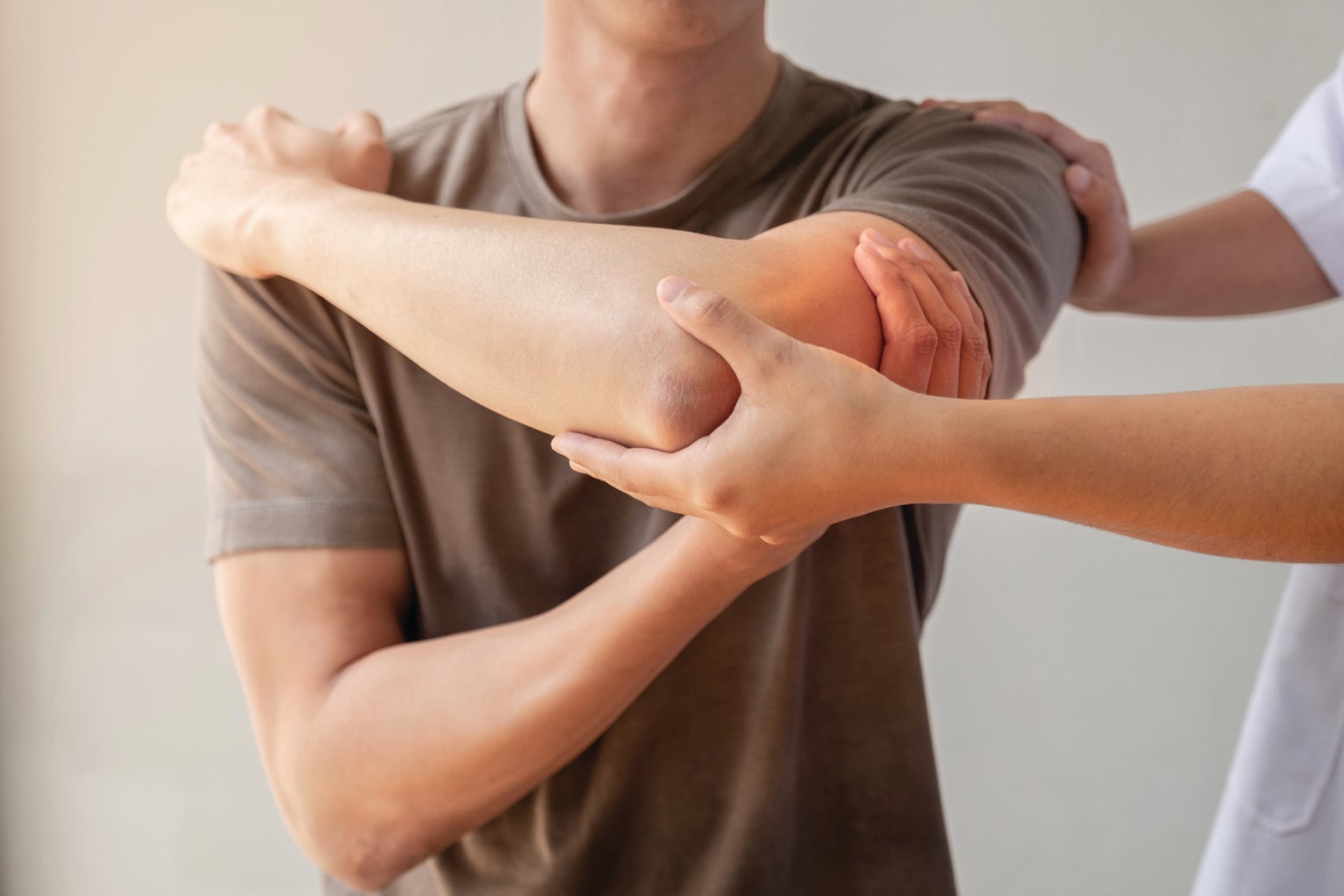Physical and Occupational therapy that helps athletes get back in the game.
By: Jake Davis
- You work with a lot of local athletes, what types of injuries do you see most frequently?
-
-
- We treat a variety of athletic injuries including but not limited to ankle sprains, knee pain, torn ACLs, back pain, shoulder injuries, elbow pain/UCL tears, and
- wrist/hand fractures. We provide therapy services for conservative management of injuries and post-surgical rehabilitation.
-
- How many athletes do you treat in a given month?
-
-
- With 3 clinics in the city of Oxford, we provide PT/OT services to a large number of athletes in the area from Oxford City Schools, Lafayette County schools, and Regents School of Oxford.
- When are athletic injuries most common? For example, do you see more athletes getting injured in the first few weeks after the offseason?
- Athletic injuries can occur at any given time when being active in sports. Injuries can be seen during pre-season/at the beginning of a new season. Lengthy periods of rest followed by quickly jumping back into training/practice can lead to overuse that the body needs time to adjust to. We are now seeing more injuries year-round as athletes have begun to specialize in specific sports at a younger age. For example, elbow injuries have become more commonplace in young baseball players as they play year-round and the constant stress of throwing leads to pain and potential injury.
-
- What kind of injuries have the longest recovery time?
-
-
- Injuries that require surgical intervention. Various surgeries require specific protocols and timelines that differ pending the type of injury. Ex: ACL reconstruction, fractures requiring surgical fixation, etc.
-
- What steps can athletes take to prevent those types of injuries?
- Consistent exercise paired with proper mobility/stretching and adequate nutrition as well as ample amounts of rest provide the right equation for injury prevention. Engage in a variety of sports/exercise to work different areas of the body. All that being said, some injuries are just unavoidable.
- What steps can young people, and especially young athletes, take to reduce long-term stress on joints and ligaments?
-
- Stay active. Stretch/warm-up prior to exercising/athletics. Utilize proper biomechanics/technique during sport/exercise.










